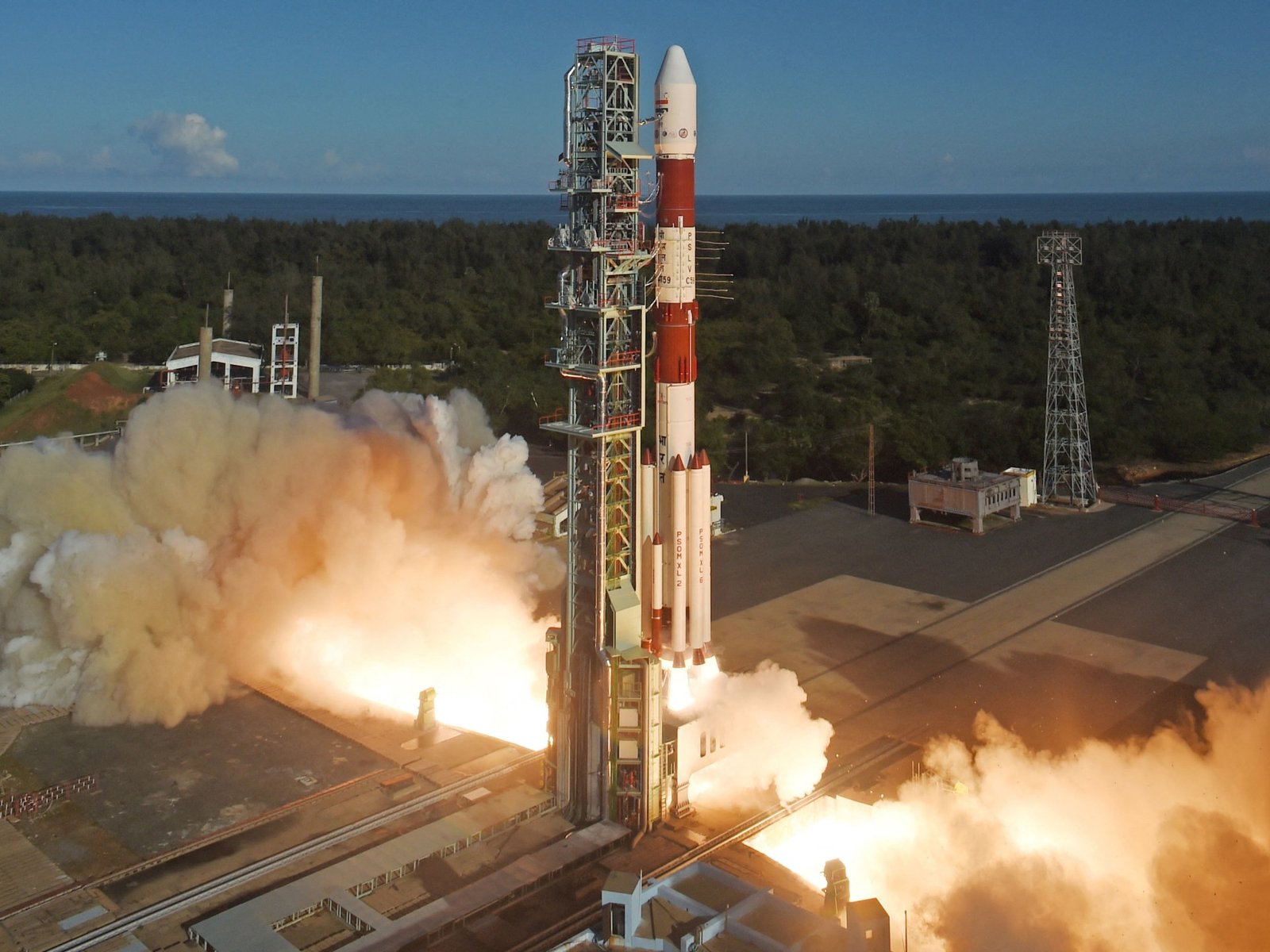When you see a solar eclipse, you often think of the moon passing between the Earth and the sun, then temporarily blocking the sun’s light from reaching Earth. This alignment is known as syzygy (sounds like siz-uh-jee).
However, last week, the European Space Agency (ESA) launched two spacecraft that will aim to mimic the behaviour of the moon by creating an artificial solar eclipse for the first time ever. The idea? To demonstrate the readiness of a technology called precise formation flying (PFF) and to study the sun’s atmosphere, known as the corona. The mission is called Proba-3 (Project for On-Board Autonomy).
“Right now this [the corona] is a region of the sun that has been poorly investigated, and scientists nowadays don’t really understand some of the phenomenon that’s happening there,” Ester Bastida, Proba-3 systems engineer, said in a recent ESA video. Among the key questions about the corona that scientists want to understand is why it’s significantly hotter than the sun itself.
While the surface of the sun is at roughly 5,500 degrees Celsius (9,932 degrees Fahrenheit), the corona — the wispy outer atmosphere of the sun — can reach temperatures of 1-3 million degrees Celsius (1.8-5.4 million degrees Fahrenheit).
Although the circumference of the sun is roughly 4,373,000 kilometres (2,717,000 miles), solar flares from the corona can reach Earth, almost 150 million kilometres (93 million miles) away.
How does the Proba-3 create an eclipse?
The Proba-3 launched on December 5 at the Satish Dhawan Space Centre in India, one of the world’s most-used space launch facilities.
The two spacecraft satellites will be carried into space roughly 60,000km (37,280 miles) above Earth using the PSLV-C59 rocket, built by the Indian Space Research Organisation (ISRO). The Coronagraph Spacecraft (CSC) is responsible for guiding the Occulter (OSC), the second spacecraft that has a disk with a diameter of 140cm (55 inches), which will cast a controlled shadow onto the Coronagraph spacecraft.
According to the ESA, the two spacecraft will use precise formation flying (PFF) technology to position themselves exactly 150 metres (492 feet) apart, lining up with the sun “so that one spacecraft blocks out the brilliant solar disk for the other”.
The solar eclipse manoeuvre will need to have millimetre-level accuracy to succeed, creating a solar eclipse on demand for up to six hours so researchers can study the solar corona.
What are researchers hoping to accomplish during this mission?
One of the goals is to demonstrate the PFF technology, which uses GPS and inter-satellite radio links for initial positioning, while maintaining a precise distance between both the Coronagraph spacecraft and the Occulter spacecraft.
Initially, the two satellite spacecraft remain connected. But once separated, they can maintain formation — they will then be 25-250m (82-820 feet) apart.
The second goal is to use the built-in equipment that will observe the corona to understand why the corona is hotter than the sun. One of the instruments on board is a coronagraph — a telescopic device that helps block out light from a star or other very bright object so other things can be seen. The Proba-3 coronagraph has a long-winded name: Association of Spacecraft for Polarimetric and Imaging Investigation of the Corona of the Sun (ASPICCS).
This technology simulates the observational conditions of a total solar eclipse with remarkable accuracy, while eliminating the interference typically caused by the Earth’s atmosphere.
Why is this such a big deal?
The corona typically remains invisible due to its extremely low brightness, appearing a million times lighter than the sun’s bright surface. It only becomes visible to the naked eye during solar eclipses, when the moon blocks the sun’s intense light.
“By studying the sun corona, we can better predict space weather and extreme geomagnetic storms, which can cause major disruptions to satellites and systems on Earth,” the ESA said in a recent video on the mission.
Total solar eclipses are very rare — any spot on the Earth typically sees one only every 375 years, and they only last a few minutes.
If Proba-3, which has a 19-hour and 36-minute orbit, succeeds in its mission, scientists won’t need to wait. They will be able to study the corona for six hours in every orbital cycle of the mission.
Source link
